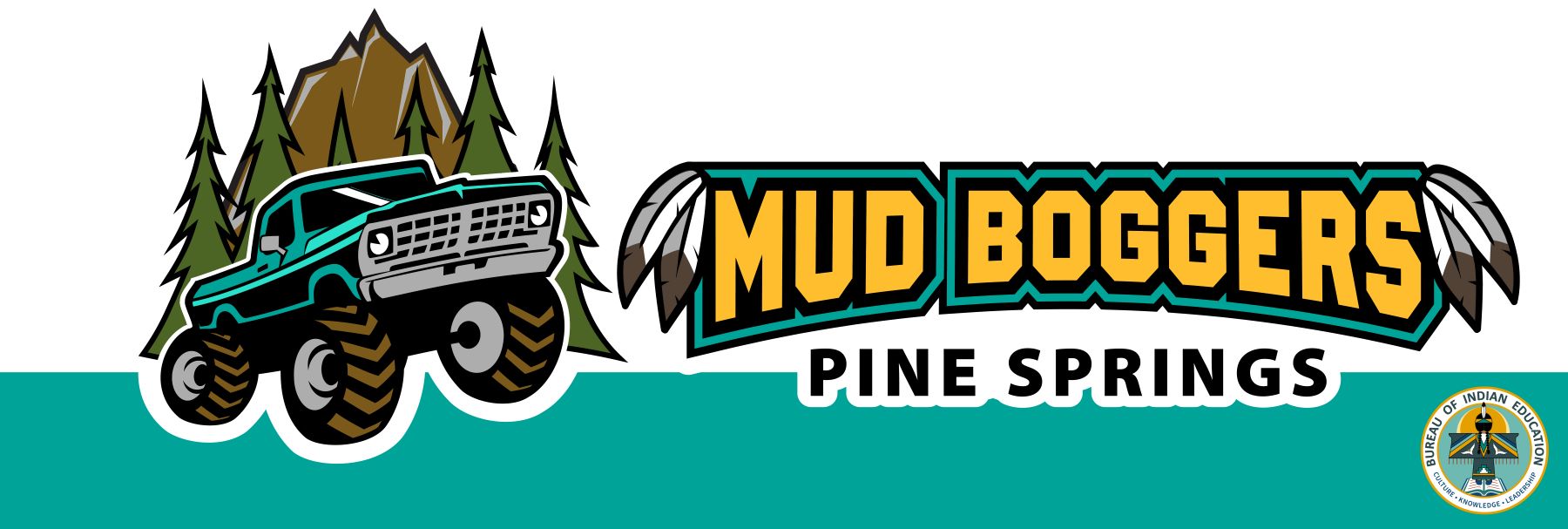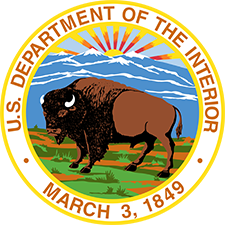Our History

Origins and Naming
The English name Pine Springs describes a local water source, but the original Navajo name, T’iis ‘Ii’Ahi’, translates to "Lone Cottonwood," referring to a significant tree near the trading post. This name reflects the community’s deep connection to the land and its natural landmarks.
Founding and Growth of Pine Springs Day School
Pine Springs Day School was established through the combined efforts of local Navajo leaders, trader Sam Day, and community members. This demonstrates the power of shared vision and community collaboration.
Hataali Yazhi, a respected Navajo medicine man, donated his homesite for the establishment of the school. His traditional hogan, which still serves as a classroom today, represents a blend of tradition and progress that defines Pine Springs Day School.
Sam Day, a trader deeply committed to the community's well-being, played a crucial role in advocating for the school’s creation. These early leaders recognized the importance of education for the Navajo people and took proactive steps to make learning accessible in the region.
Today, Pine Springs Day School continues to operate as a Bureau of Indian Education (BIE) grant school for elementary students, providing comprehensive educational opportunities while maintaining its cultural and community focus.
The Learning Environment at Pine Springs Day School
Pine Springs Day School has prioritized holistic student development since its early years. The school originally provided a basic education, integrating traditional Navajo teachings with essential core academic subjects. Over time, the curriculum evolved to prepare students for high school, college, and beyond, incorporating new learning management systems and teaching methods.
The school’s educational program nurtures students into critical thinkers, collaborators, and capable learners. Classrooms were designed to foster lifelong learning habits, respect for cultural heritage, and curiosity about the global community. Teachers provide mathematics, science, English, and Navajo language and culture instruction. One of the school’s unique features is its continued use of Hataali Yazhi’s original hogan as a classroom. This sacred space provides students with a tangible connection to their heritage and serves as a reminder of the values of generosity, community, and tradition that shape their education.
The Pine Springs Association has also played a key role in enriching the learning environment. By digitizing the archives of anthropologist John Adair, the association ensures that students have access to valuable cultural resources that deepen their understanding of Navajo history and traditions.
The Navajo Community of Pine Springs
Pine Springs has been a tight-knit Navajo community with a deep connection to its land and heritage. The community’s original name, T’iis ‘Ii’Ahi’ (Lone Cottonwood), reflects the significance of natural landmarks in Navajo culture. This connection to the environment is a defining feature of the community, shaping its values and way of life.
Education has always been a priority for the people of Pine Springs —both as a way to preserve culture and as a pathway to success for future generations. The establishment of Pine Springs Day School was a community-led initiative that united leaders, families, and local advocates to create a learning space where Navajo children could grow and thrive.
Life in Pine Springs revolves around traditions, ceremonies, and a shared commitment to supporting one another. The school serves as an academic institution and a cultural hub, hosting events and gatherings that strengthen students’ sense of identity and pride in their Navajo heritage.
Connections to Other Tribes and Communities
Pine Springs Day School’s influence extends beyond its immediate community, fostering connections with other tribes and educational institutions. The school creates opportunities for cultural exchange, resource sharing, and mutual learning by collaborating with neighboring Navajo communities and regional organizations.
The Pine Springs Association has been instrumental in preserving and sharing the history and culture of the Navajo people. Their efforts to digitize the John Adair archives make these valuable cultural materials accessible to a wider audience, ensuring that the rich traditions of the Navajo Nation are celebrated and understood within and beyond the community.
As a hybrid institution combining a BIE grant school and a state charter school, Pine Springs Day School serves as a model for innovative education. This unique structure enables the school to partner with federal and state educational systems, enhancing its ability to meet students’ needs while honoring Navajo traditions.
Pine Springs Day School continues to be a beacon of learning and tradition for the Navajo Nation and beyond through its commitment to excellence in education, cultural preservation, and community engagement.
Honoring the Past, Embracing the Future
By integrating Navajo traditions into education, fostering strong community ties, and preparing students for future success, Pine Springs Day School continues to empower students to become leaders who will carry forward the values and vision of their community.
Through education, cultural pride, and community engagement, Pine Springs Day School ensures that the Navajo people's rich heritage remains strong for generations to come.



